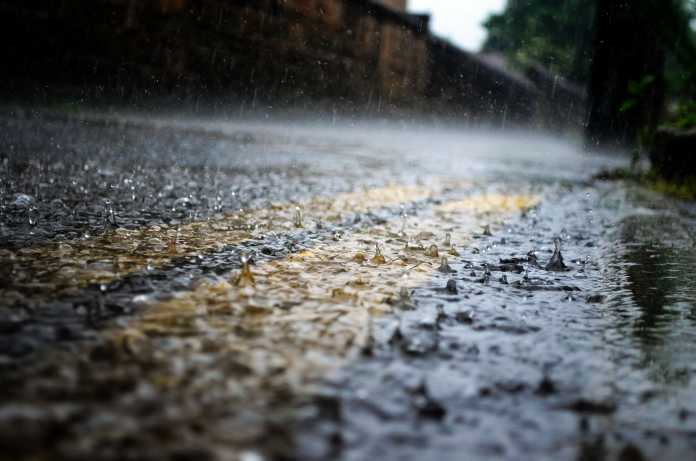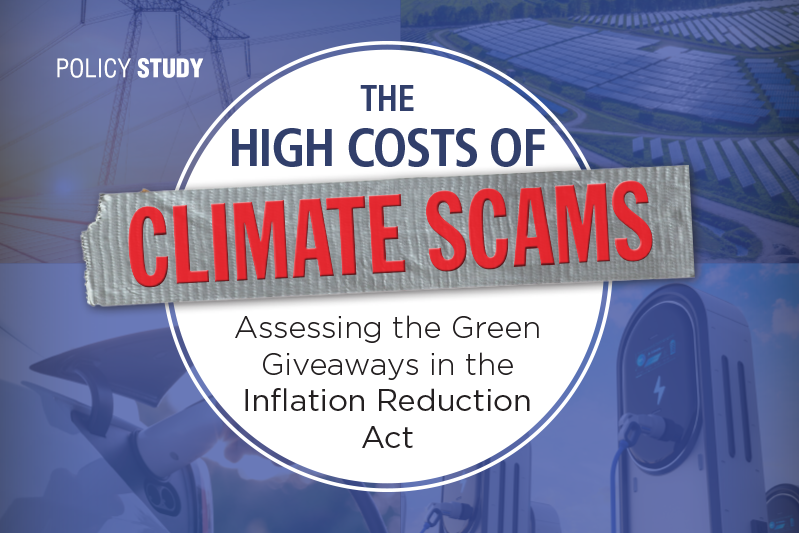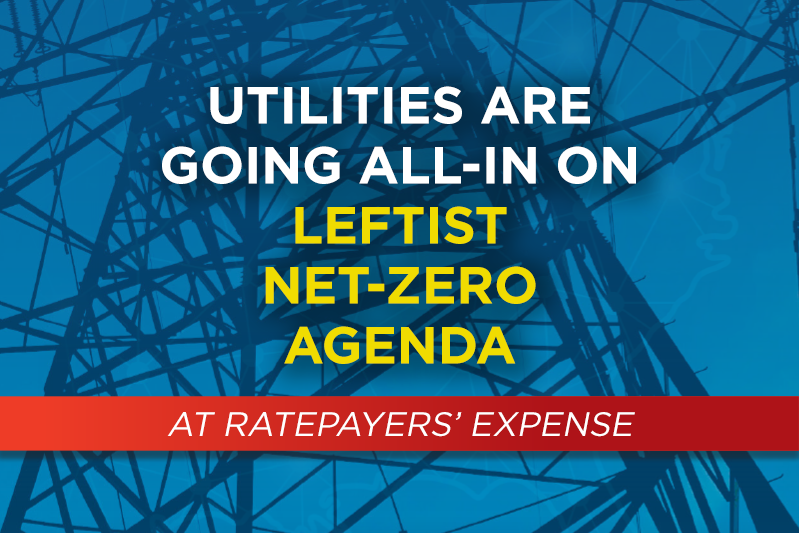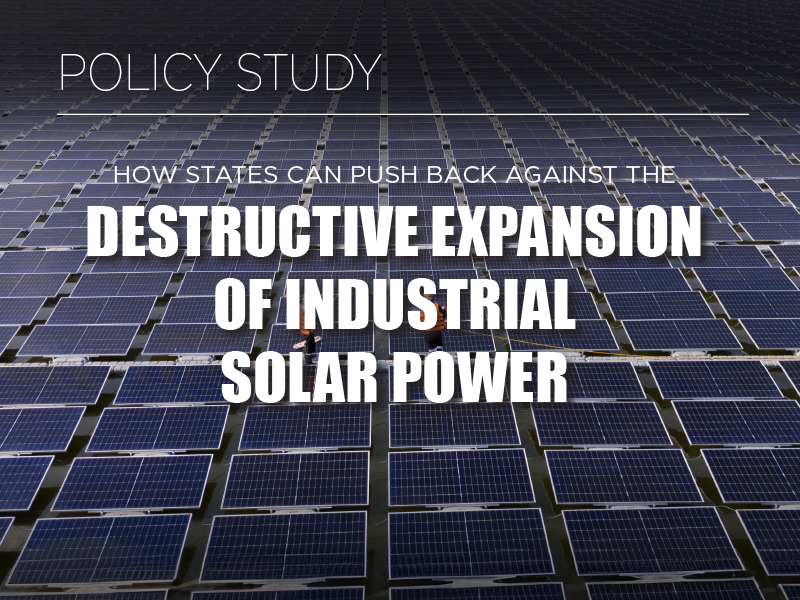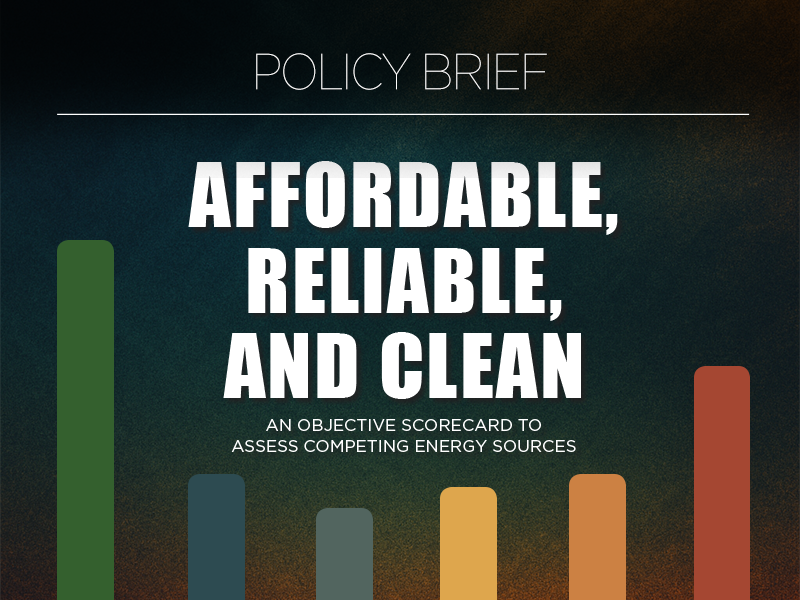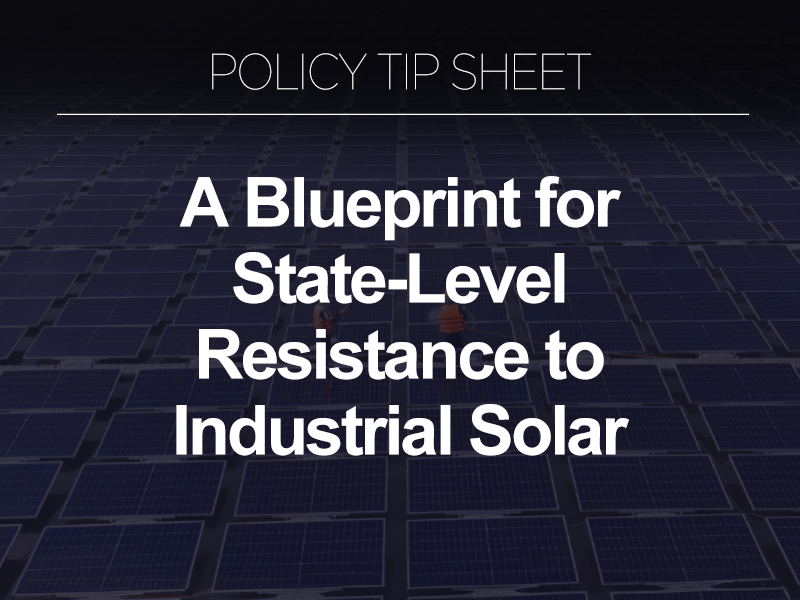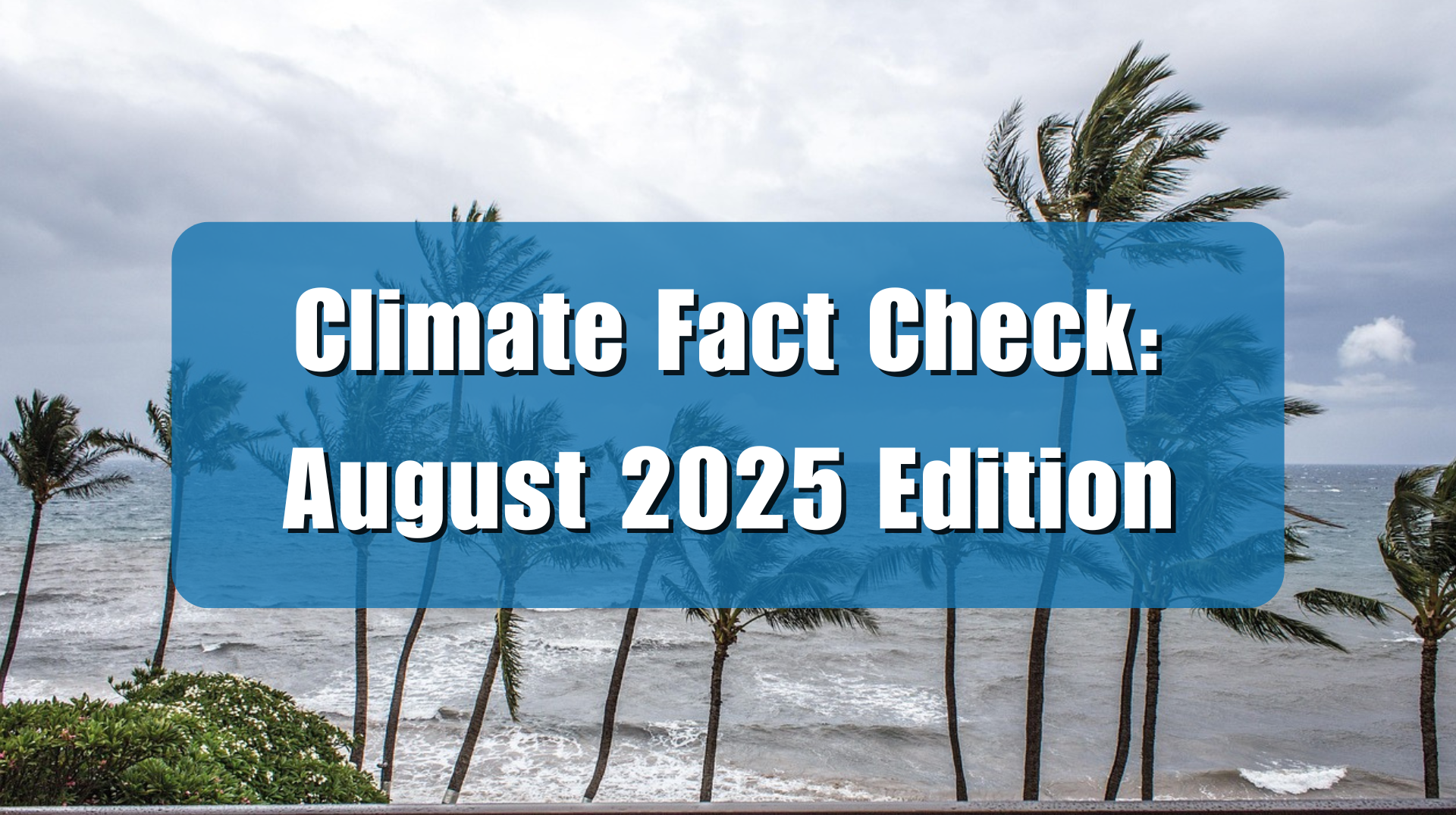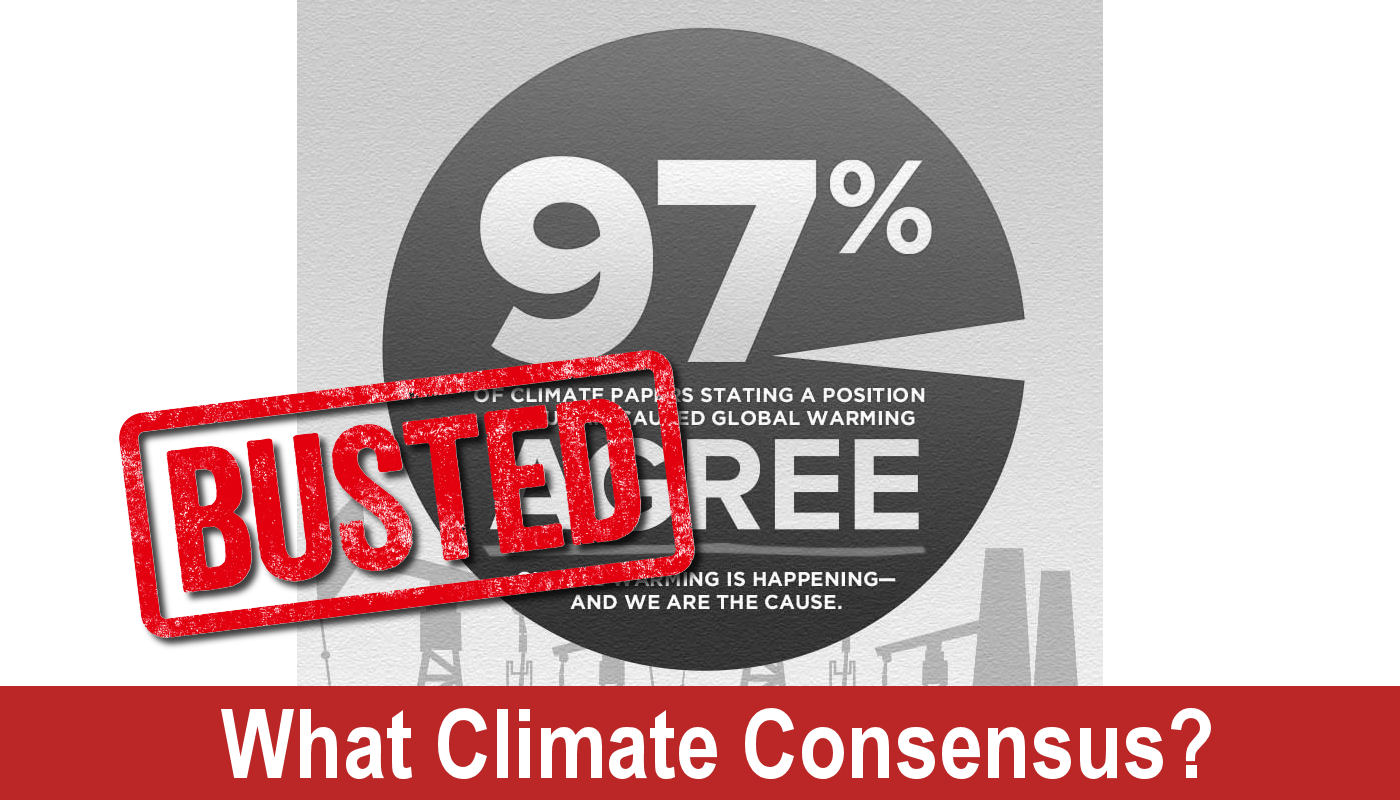A recent post at Phys.org, “South Asia monsoon: climate change’s dangerous impact on lifeline rains,” claims that climate change is leading to more intense and erratic monsoon rains, and thus more danger to the people living across South Asia. This is false. There is no consistent trend, more severe, less wet, or surprisingly erratic monsoons. Rather the present looks much like the past. Different reports contradict one another on observed trends from the monsoon season over time, and history shows that severe flooding is not new or unusual.
The post claims that climate change is making South Asia’s monsoon rain season “increasingly erratic and deadly, with poor infrastructure only exacerbating the impact.”
While the second part of that statement is correct, the first is highly questionable. Phys.org goes further saying “climate change is causing longer dry spells punctuated by bursts of extreme rain.”
Research concerning monsoon trends across South Asia is mixed. Climate Realism has previously examined the shifting narratives concerning monsoon seasons in Pakistan and India, for instance, in the posts, “Climate Alarmists Flip-Flop Again: Cancel their Monsoon Drought Crisis, Now Claim Too Much Rain” and “Pakistan’s floods and the climate attribution con.”
A peer-reviewed study published in Gondwanda Research debunks the claim that monsoon behavior can be directly linked to climate change, stating that their examination of historic data “implies that increased global warming does not necessarily entail changes in the South Indian monsoon rainfall.”
Late in the the Phys.org post we find the author admitting that the “full impact of climate change on monsoon patterns is not entirely clear because of the complexities involved in the seasonal rains.”
Indeed, historic accounts and data clearly show that South Asia has experienced severe rainfall and flooding many times in the past connected to erratic monsoon seasons. For example, Pakistan has seen 29 major floods since the country became independent. The worst flood in terms of size occurred in 1976, and in terms of fatalities occurred in 1950. Pakistan is an interesting case in general, because the effects of that region’s monsoon season have always been erratic and often devastating well before humans began industrialization.
Even as the Indian government claims that extreme daily rainfall events rose 75 percent from 1950 to 2015, its own data show that monsoon rainfall seasons have been much less erratic and extreme the last 30 years than previous decades. Last year’s good monsoon season was touted as beneficial for crop production in India, after some mild drought in years prior.
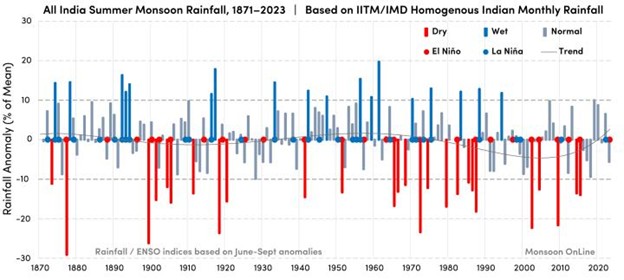
The strength of monsoon seasons have waxed and waned over the decades, centuries, and millennia, as research into the regions ancient history demonstrates.
Concerning the severity of the harm resulting from recent seasons’ monsoons, these are due to factors other than climate change. As Phys.org admits in a section buried all the way at the end of the post, deforestation has made landslides more likely, and “vast highways, tunnels, dams and railways carved into mountains without adequate environmental checks only worsen the problem.” Increased populations in areas historically prone to monsoon flooding, accompanied by poorly planned or totally unplanned urban development is an issue for many poorer parts of the world, including many parts of South Asia. Poor water handling and infrastructure planning can lead to floods where they did not occur in the past, changing flood zones by moving earth and increasing impermeable surfaces like asphalt and concrete so that water that does fall has nowhere to go but right into developed areas.
Although the claim that “warmer air holds more water therefore the monsoon is going to get worse,” may sound logical, there are many poorly understood variables that complicate such an easy connection. South Asia is not a closed system or laboratory: prevailing winds and ocean currents are huge factors impacting the severity and timing of rains. Also, the impact of flooding is driven by a lot more than just how much moisture goes into the atmosphere. Monsoons are complex and multifaceted seasonal and wide-reaching phenomena. If they were honest, Phys.org and the scientists who contributed to the post would acknowledge this fact. Instead, they spun lurid tale of climate change induced monsoon disaster, burying the parts of the article that undermine or complicate the simple, alarming climate narrative they want to spin.















